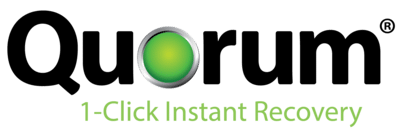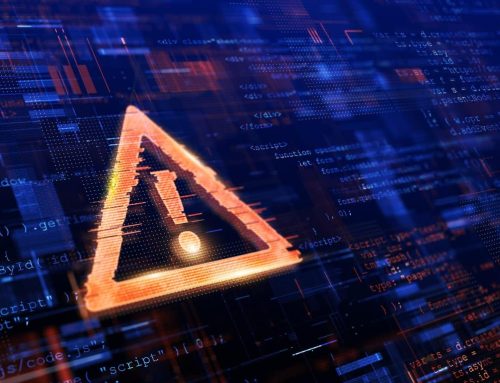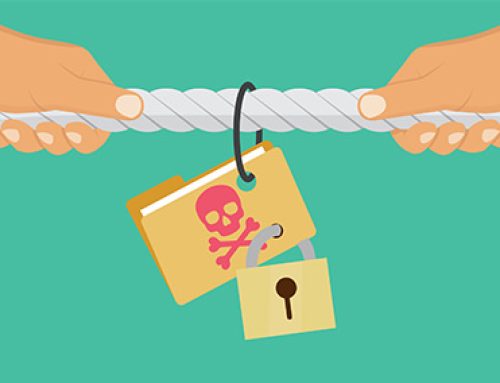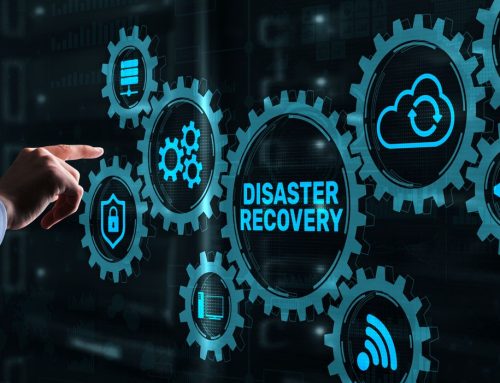In the rapidly evolving landscape of technology and cyber-attacks, ensuring the resilience of your organization’s IT infrastructure is paramount. A robust ransomware protection and disaster recovery (DR) solution is not just a best practice; it’s a critical necessity to safeguard your business against the unpredictable incidents like power outages, hardware failures, natural disasters, or ransomware attacks.
One key step in this process is conducting regular self-assessments on your organization’s IT infrastructure’s resilience to unexpected incidents. To make the self-assessment process simple (like the way we created our DR solution), Quorum has created a free self-assessment questionnaire, comprised of 10 questions, to help you easily evaluate the resilience of your organization’s IT infrastructure. The assessment should only take you 2 minutes to complete.
But before you start, why is the important to take a self-assessment?
Table of Contents
5 Reasons Why You Need a Disaster-Preparedness Assessment
Here are 5 reasons why an assessment holds immense importance for your organization’s success.
1. Alignment with Business Objectives
Conducting a self-assessment allows you to closely align your DR strategy with your organization’s broader business objectives. By understanding the unique needs and priorities of your company, you can tailor your disaster recovery approach to minimize downtime, data loss, and financial impact. This alignment ensures that your IT investments are working in harmony with your overall business strategy.
2. Identification of Gaps and Weaknesses
Self-assessments empower you to identify vulnerabilities and weaknesses in your existing disaster recovery plan and ransomware preparedness. These gaps might include outdated procedures, inadequate backup systems, and overlooked components. One common gap that we see in ransomware preparedness is not involving the enough personnel in the communication plan, such as security, law enforcement, and other senior executives. Addressing these issues proactively can prevent costly disruptions in the event of a disaster, reducing downtime and improving your organization’s overall resilience.
3. Regulatory Compliance and Risk Management
Many industries are subject to regulatory requirements that mandate comprehensive disaster recovery planning. Self-assessment enables you to ensure your DR solution aligns with these regulations, avoiding potential fines and legal issues. Furthermore, by addressing risk factors during self-assessment, you can minimize the likelihood of operational disruptions that could negatively impact your reputation and customer trust.
4. Efficient Resource Allocation
Assessing your disaster recovery solution helps you allocate resources more efficiently. You can identify areas where investments might be unnecessary, redundant, or misallocated. This optimization not only saves costs but also ensures that your IT team can focus their efforts on high-priority tasks that contribute directly to your organization’s growth.
5. Enhanced Communication and Collaboration
These self-assessments start conversations that encourages cross-functional collaboration within your organization, and is especially true when prepping for ransomware attacks because it brings in expanded team members, such as security, law enforcement, and more senior executives, etc. Involving different stakeholders from IT, operations, management, and other relevant departments fosters a comprehensive understanding of your DR solution’s strengths and weaknesses. This collective insight enables better decision-making and implementation of improvements.
10 Questions to Measure Your Organization’s Disaster Preparedness
Again, Quorum created this self-assessment to help you easily assess how well your organization can recover from an unexpected incident. There is a total of 10 questions, which should take you approximately 2 minutes to complete.
Upon finishing, you will receive a score out of 100 which tells you where you stand on disaster preparedness. You will also get a free whitepaper that unveils how your score was calculated, and the reasoning and importance behind each question.
If you need guidance or assistance in conducting a thorough self-assessment of your disaster recovery solution, feel free to reach out to us. We’re here to support you in ensuring the resilience and success of your organization.





